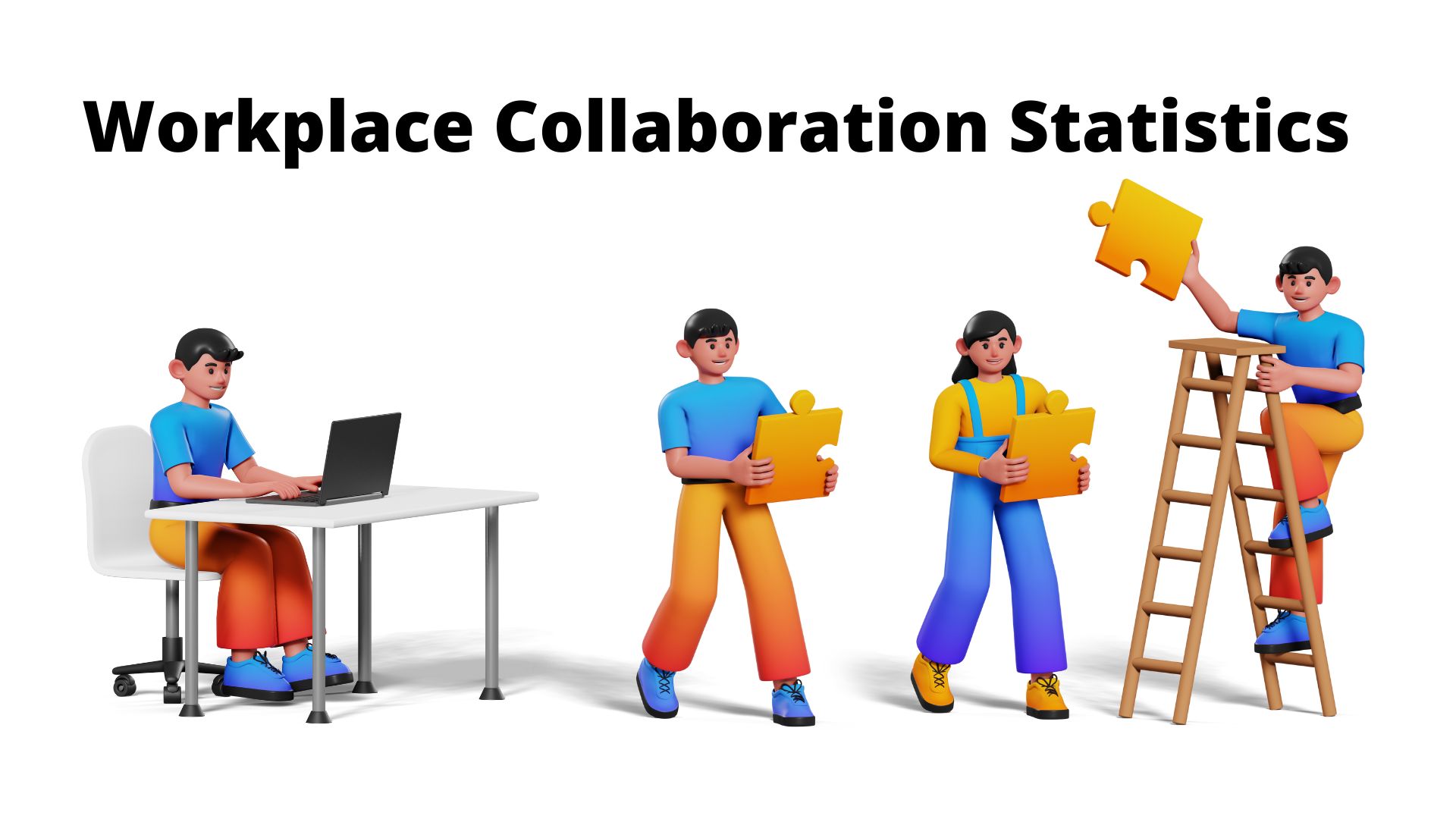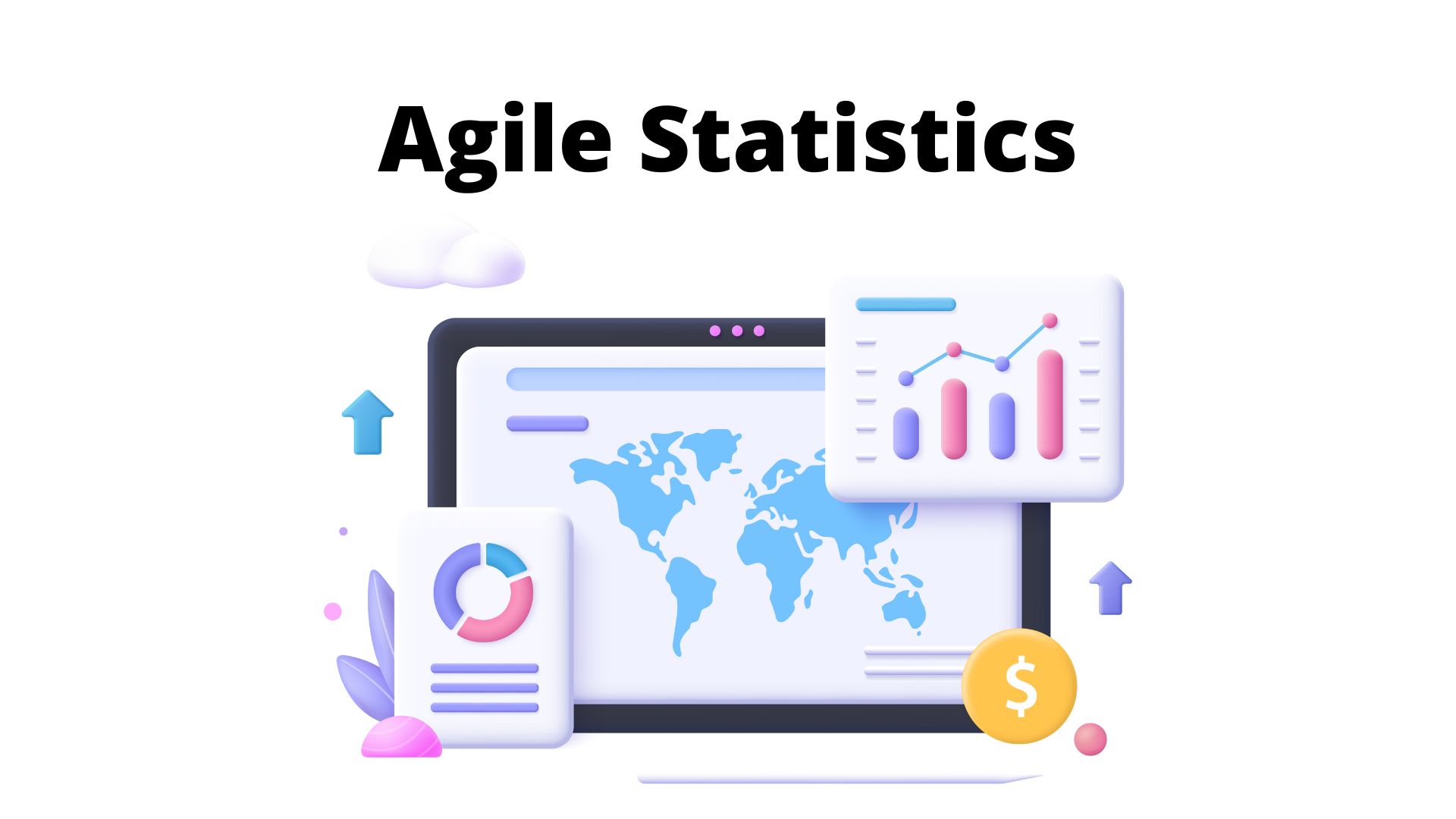Enterprise Braces for Oracle’s Impact
Government, financial services and manufacturing are the enterprise sectors that will feel the first ripple effect of the new Oracle , according to research published this week.Analysts with IT market consultants Burton Group and IDC are pointing to some very specific industrial sectors that will feel the impact of the merger in the aftermath of Oracle's 18-month pursuit of PeopleSoft. The acquisition creates the second largest purveyor of enterprise resource planning software (ERP) behind market leader SAP AG .Both research groups also acknowledge that the new Oracle is already aligning itself to compete against IBM and Microsoft . The company wants to concentrate first on traditional areas like government, financial services and manufacturing with more to surely follow.”The glacial pace of this acquisition has allowed for analysis of the two companies, creating a precise picture of just which vertical industries these companies have been able to penetrate,” Scott Tiazkun, IDC program manager, said in his report “Vendors by Vertical: Will PeopleSoft + Oracle = SAP?.”
And while IDC said it is still too early to compare, Oracle — post-PeopleSoft — may be in a position to compete with SAP on a more equal footing in some manufacturing sub-segments, those where SAP is already strongly entrenched.
“With a few major exceptions, Oracle and PeopleSoft today have similar strengths in many of the same vertical industry breakdowns,” Tiazkun said. “The acquisition of J.D. Edwards by PeopleSoft recreated PeopleSoft as a company with greater manufacturing depth and decreased the preponderance of solution sales toward education and health care.”
If Oracle were to look to conquer high-growth, vertical industries like health care, IDC suggests the company would need a more strategic acquisition of an industry-specific vendor.
Oracle President Charles Phillips has characterized PeopleSoft's contracts within the government and education sectors as “very impressive.” The combined company is expected to outline its strategy next week during a company event.
One vertical that may emerge quickly in the new Oracle is the enterprise market for communication and collaboration products (e-mail, calendar, contacts, to-do items), which is currently dominated by IBM Lotus Notes/Domino and Microsoft Outlook/Exchange.
Burton analyst Peter O'Kelly's report, “IBM, Microsoft, and Oracle: Competing to Lead the Next Wave of Enterprise Communication/Collaboration,” suggests that the trend of expanding to include real-time services and PC/telephony integration will continue. But the technology is shifting to new database management system (DBMS)-based alternatives that favor IBM, Microsoft and Oracle.
“Until recently, DBMSs were considered overkill for communication/collaboration needs in terms of cost, complexity and administrative requirements,” O'Kelly said in his report. “However, the latest DBMS releases have effectively addressed the historical constraints, and are, in the cases of IBM and Microsoft, freely available (in limited editions that are appropriate for communication/collaboration needs) for both client and server platforms.
“Advances in DBMSs, hardware and networking have also resulted in dramatic server consolidation opportunities, with Oracle, as a leading-edge example, now using a single Oracle database instance to provide communication and collaboration capabilities to more than 42,000 Oracle employees.”
O'Kelly also pointed to another nascent class of communication and collaboration tools that is currently emerging in the form of wikis, blogs and other Web-centric hypertext tools. This class of products will also have a future role in enterprise planning, O'Kelly suggested, especially for tactical and relatively isolated communication and collaboration needs.”The longer-term winners and losers in the next round of enterprise collaboration competition won't be obvious during the next few years,” he said.
Another massive effect of the merger will be an influx of former PeopleSoft and Oracle employees looking for work. Oracle said it would begin announcing its anticipated layoffs starting on Friday, Jan. 14. Oracle is also scheduled to reveal its official executive lineup at that time.
While early merger discussions revealed Oracle's intent to reduce headcount by 6,000, the company said it would actually try to keep PeopleSoft's engineering and service support staff intact. A source familiar with PeopleSoft told internetnews.comsome of the pink slips will be delivered over the weekend via a FedEx package. Microsoft and other companies have already put out the welcome mat for displaced workers, as well as disgruntled Oracle or PeopleSoft customers.
Some have already left their posts. Ron Wohl, executive vice president of applications development and Michael Rocha, executive vice president of global support have both reportedly moved on. A source familiar with the situation, who asked not to be identified told internetnews.comWohl would most likely stay on in another department.
You can read more about Oracle ERP here.

Michael Singer is a career coach, podcast host, and author to help you step into a career you're excited about. Currently, He is a coach and trainer helping entrepreneurs and executives achieve business and leadership success. He is also an award-winning business journalist focused on the intersection of technology, Big Data, Cloud, SaaS, SAP, and other trending technology.



